If cardio is said to be the most effective fat loss exercise for those who want to lose weight in general and lose belly fat, another exercise that can rank in the 2nd position is deadlift exercise.
There are completely different things happening to your muscle groups when you do the deadlift exercise; this difference creates a more flexible metabolic process, a powerful metabolic process that helps burn fat faster.

However, not everyone knows how to practice deadlift exercises and exercises including basic movements, which muscle groups are affected, who should practice these exercises, and BellyFatZone references this article:
What is a deadlift?
A deadlift is a form of compound exercises that are very good for the comprehensive development of whole-body muscle groups such as the buttocks, thighs, lower back, arms, shoulders, …
Because of the comprehensive benefits that it brings, Deadlift is a very famous bodybuilding technique and is very interested in the gym.
The deadlift is a workout method for professional athletes and bodybuilders not to be missed because of the great benefits. It helps increase muscle, reduce fat effectively, giving you an ideal body.
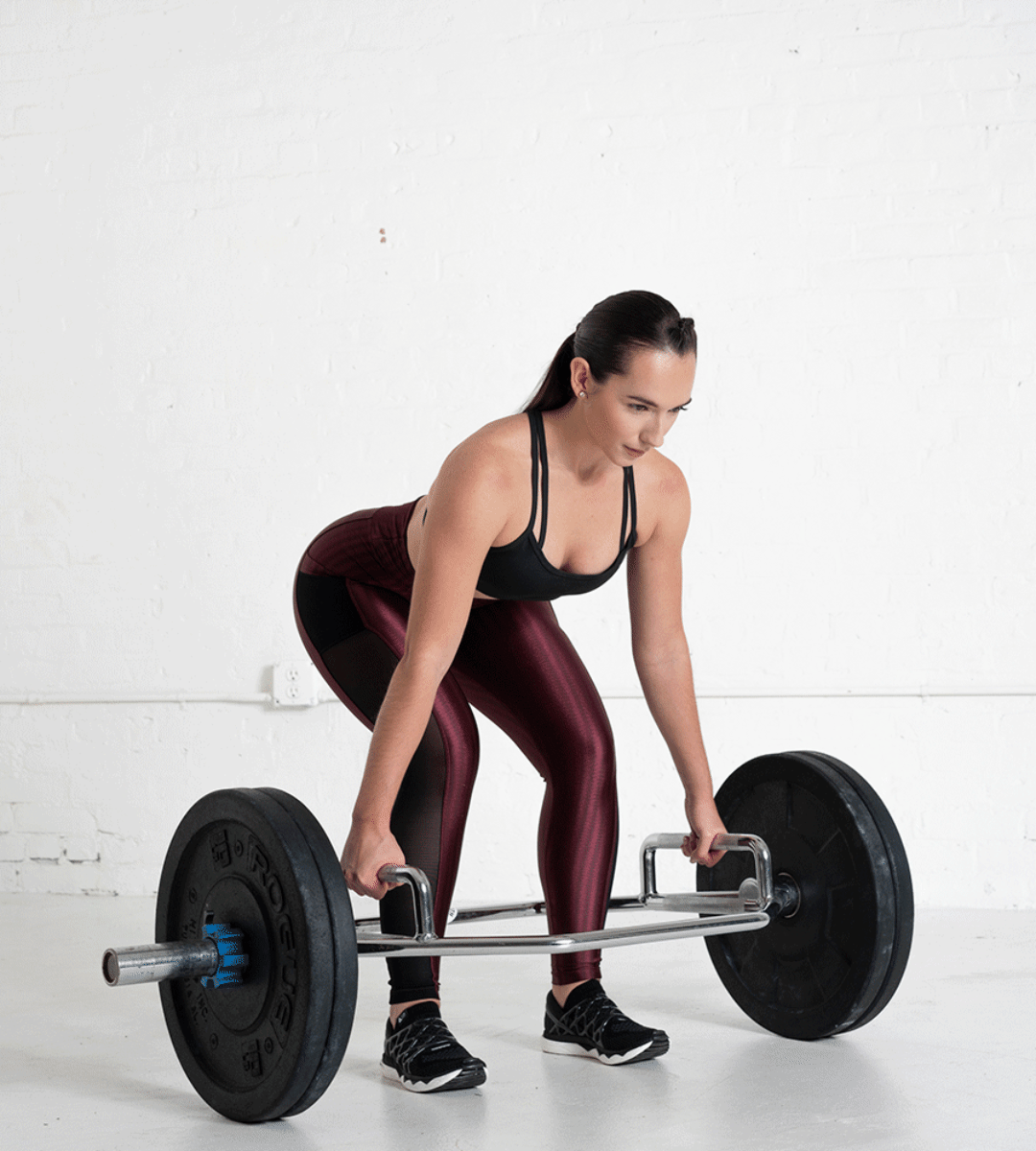
The benefits that Deadlift exercises bring to the body
After knowing what Deadlift is, we continue to learn about the benefits of Deadlift.
Deadlift's movements affect the entire body, requiring muscle groups to coordinate well. Since then, the benefits of Deadlift also affect many muscle groups such as:
Helps strengthen body muscles:
The deadlift is a form of exercise to strengthen the body very effectively. Deadlift directly affects all major muscle groups on the body, enhancing strength and endurance for the body.
Doing the right Deadlift technique will keep your back straight even during daily activities, thanks to the focus on keeping your back straight throughout the workout.
Besides, the Deadlift also helps strengthen muscle groups' support such as the waist, intercostal, hip, …
The muscle groups are more coordinated:
Deadlift exercise will help the whole bodywork effectively. The muscles are comprehensive and well developed.
Increase the power for the handle:
The deadlift is considered a form of exercise to help improve the handle's strength very well.
Support cardiovascular activity:
Like Squat exercises, Deadlift exercises also improve the respiratory system very well when you exercise enough intensity and properly.
Prevention of daily injuries:
For example, when working, you have to lift heavy things on the ground, which can adversely affect the back and cause bodily injuries; practicing Deadlift will help you avoid them.
Deadlift training is a very effective method of increasing fat loss and giving you the flexibility and strength of the whole body.
Instructions to practice Deadlift properly:
Because Deadlift is a form of exercise that affects the entire body and needs coordination and high balance, when practicing, it is very likely to cause injury if you practice the wrong posture.
To achieve high efficiency in reducing muscle fast, you need to follow the right exercise with high intensity and a scientific schedule.
Guide you to practice Deadlift correctly:

Step 1: Stand in the correct position:
Perform Deadlift exercises; you need to stand as standard as follows:
Standing: feet shoulder-width apart, hands gripping the bar so that the inner forearms touch the outside of the thighs, and the legs do not reach the bar slightly.
How to put your hands: put your hands on the barbell, then 2 palms facing the body or 1 hand to before, 1 hand to the back. The best way is 1 hand first, 1 hand behind.
Step 2: Adjust the posture:
It is necessary to have the correct Deadlift posture to avoid unnecessary injuries and achieve the best training effect.
Adjust so that your spine is straight, eyes looking straight ahead. Hips down, constricting the lower abdomen to ensure the femur's position in the middle of the center.
2 shoulders facing back, squeezed and just above the bar, not bent. Chest forward and hold not lowered. Before lifting weights, strain your shoulders and buttocks to create enough force throughout the first part of the movement.
Step 3: Perform lifting weights:
Steps are essential and directly affect the training process. Need to practice Deadlift properly to increase muscle, reduce fat effectively.
With both hands gripping the bar, push the legs down so that the legs create enough force to lift the weight. The hips and shoulders are facing up simultaneously; the two hands are always gripping the bar.
Combine strength with your entire body to lift the weight until the weight is in the middle of the upper thigh.
In the process of lifting the bar, 2 heels and 2 toes need to be pushed downwards. Note, always keep the bar in contact with the body during the exercise.
Step 4: Lower the weight:
Slowly lower the barbell until it hits the floor. Next, take a few seconds off and continue to perform the Deadlift exercise.
Note: When lowering the weight, it is necessary to perform a slow-motion, avoid injury and feel the muscles' tightness.
Especially the next time we lift weights, we need to exercise more control.
Please do not depend on inertial forces to lift the weight in the 2nd because it will adversely affect the spine.
Note to practice Deadlift properly:
Warm-up thoroughly before exercising to avoid injury and cramps.
Breathing regularly and properly helps to keep and support the respiratory system.
How to breathe correctly: before pulling the weight, take a deep breath and hold for about a quarter of the time lifting the weight, slowly exhale for 2/4 of the lifting time and exhale completely when the weight is at the highest position.
During the Deadlift exercise, you should keep the bar as close to your leg as possible.
It would help if you used the gym belt to ensure no injury for large weight athletes.
Other Deadlift exercises for your reference
1. Still Legged Deadlift:

This is considered a great thigh muscle exercise, although it does not affect increasing strength and muscle size with the Deadlift exercise.
Instructions for doing the exercises are as follows:
- Prepare the bar in the rafters frame, about 2 inches above the top.
- 2 hold the weight back to hold the bar, shoulder-width, lift the weight off the frame and walk a few steps behind. Bend knees slightly before lowering weights; weight put on ankles when inhaled.
- During practice, you allow the back of the body to face backward and maintain the head, neck, and eyes, always looking forward.
- Once you've completed the weight-lifting stage, pull the weight back up.
Note: this is not a practice for beginners.
Deadlifts With Dumbbells:

2. Sumo Deadlift:
This is a modified Deadlift exercise, which helps reduce the pressure on the lower back at the beginning. Therefore, this posture is often used by athletes at very heavyweights.
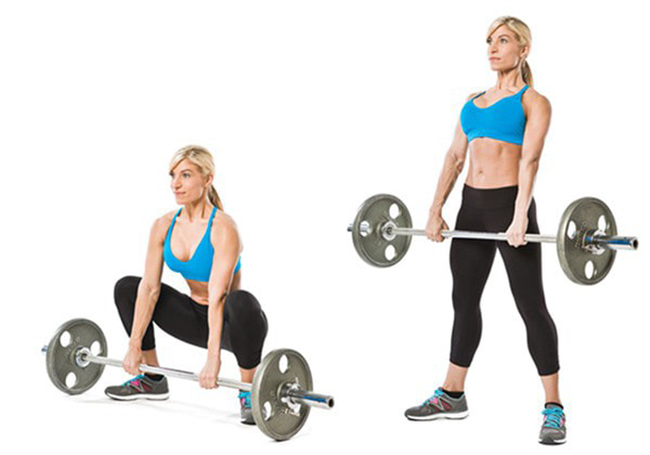
The Sumo Deadlift episode is as follows:
- When starting to practice, you should put 2 feet wider than your shoulders, hands tightly holding the bar and in the legs. This is in contrast to conventional deadlift techniques.
- Stand up, push your hips forward and bring your body upright.
- Slowly lower the barbell, taking care to bring it back to its original position. Repeat the whole movement to continue the exercise.
3. Single-Leg Deadlift:
Single-Leg Deadlift is a one-leg deadlift and two hand weights that work very well to help strengthen the lower abs and prevent back pain very effectively.
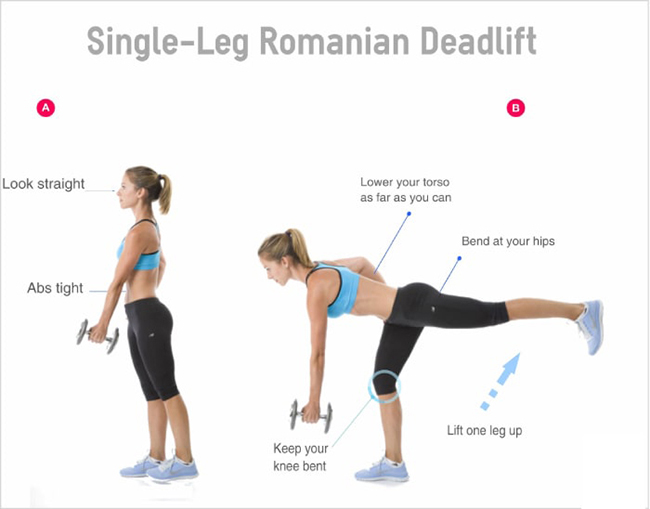
Perform Single-Leg Deadlift exercise as follows:
- Starting position: You hold a pair of hand weights in front of your thighs, stand with one leg straight, the other leg slightly contract, and kickback.
- Crouch down, lower your upper body, and bring your legs back until the upper torso and back are almost parallel to the floor.
- Slowly stand up straight to return to the original position. Repeat the movement and swap the other leg to complete the exercise.
4. Stair Bar Deadlift:
This is an exercise that uses the Trap Bar and is great for beginners.
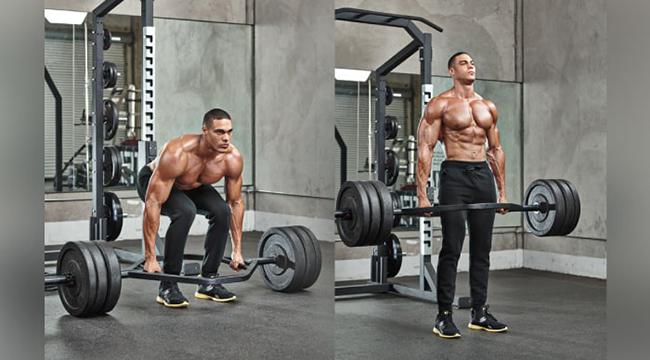
To achieve high performance, please note that the following exercises are proper:
- Start position: Stand in the Trap Bar, bend your hips and knees until the two handles reach the bar, lowering your body.
- Using 2-leg strength to stand up straight, lift the Trap bar at the same time.
- Lower the body and the bar at the starting position. Repeat the movements to continue the Deadlift exercise for the beginner.
5. Quadriceps Deadlift
This exercise puts pressure on your thighs before performing a weight reduction, which increases leg strength very well.
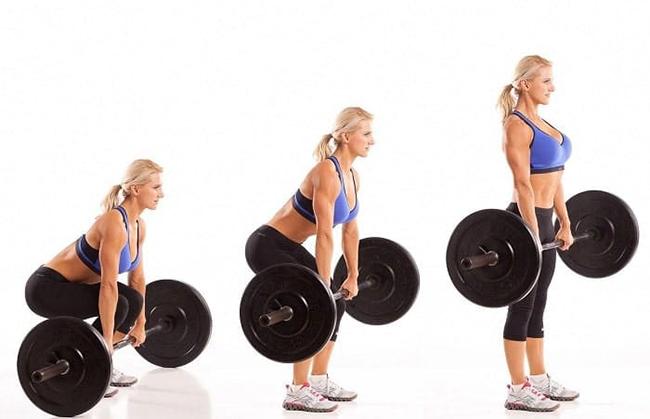
Instructions for doing the exercises are as follows:
- Start the exercise, stretch your knees instead of stretching your hips, lifting weights like a normal Deadlift.
- Minimize hip flexion to put pressure on the front thighs. In this motion, the lower back, the thighs, and the body's back will not work as much as the usual Deadlift.
This is a great move for the thigh muscles without much impact on the body muscles.
The muscle groups that the Deadlift exercise affects:
The movements and techniques of the Deadlift exercise exert a force on the entire body:
1. Back muscles:
Deadlift exercises affect the back very much; the pressure put on the back helps keep the back healthy after only a short workout.
2. Buttock and related muscle bundles:
The deadlift works on the glutes and related muscles to give you a toned round. When lifting weights, the gluteal muscles will have to work together and from there tense up.
3. Leg muscles:
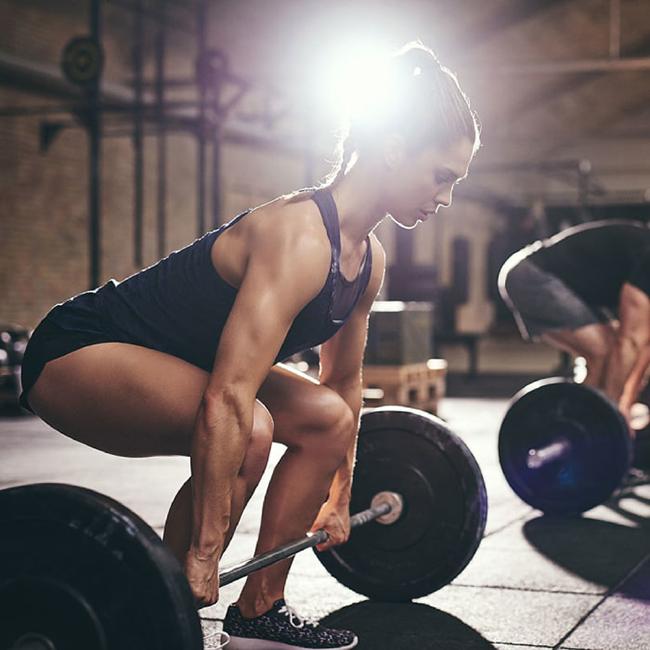
Like Squat exercises, Deadlift also affects the legs: the front thigh, rear thigh, calf, shin, and knee.
4. Hand muscles:
The hands are the muscles that directly hold the weight when performing the Deadlift; all hand muscles are coordinated, especially the forearm plays a huge role, helping the weight lift properly and does not cause muscle injury. Be.
5. Shoulder muscle:
Complete the exercise at the top of the Deadlift, the shoulder muscles are pulled back, and the force is applied to the shoulder bridge. That's why Deadlift athletes have broad and strong shoulders.
Some notes of Deadlift for you:
With the deadlift movements and techniques not simple, very easy to cause injury if not familiar and do not know how to practice properly, you need to pay attention to the following notes:
When practicing, always point your chest forward, your shoulders back, your eyes looking forward. The back is always kept straight, not bent.
In the middle stage of the movement, do not jerk the bar will cause injury, but you need to continue to follow the inertial force from the moment of lifting the bar from below to make the movement smooth.
Always keep the motion smooth and continuous from the top down.
Use straps for heavyweights. Heavyweights are available only to experienced athletes and experienced long-term workouts.
How to Deadlift Properly Video:

Scientific and reasonable Deadlift training schedule:
The nature of Deadlift's technical movements is high, so beginners should only practice once a week. If you find it difficult to do it, you need to train regularly to help the heart and lungs work better for heavier exercises.
The first phase can last from 4-6 weeks.
Can practice adding Squat, Over Head Press, Bench Press …
To achieve the best performance of Deadlift, you should note that practicing properly with the right technique. You should also apply yourself to a menu with dishes containing enough nutrients and vitamins, proteins good for muscle growth and fat loss.
The deadlift is an exercise that gives you an ideal body, increases muscle to reduce fat, and helps the strength evenly distributed throughout the body, giving you total strength.
View more:
- Benefits Of Running in The Morning – You won’t want to Waste This Time In Your Bed Anymore
- What Is Safe Weight Loss? Are You Doing The Right Thing?
- How to breathing exercises? Thought it was easy? But not everyone knows
Hopefully, through a few posts, you have all the knowledge about Deadlift and apply for yourself the Deadlift exercises with the right way to achieve the ideal body shape and have a healthy body. Please share this article if you find it useful. Thanks!
If you want to find more devices or beliefs that support your overall health, it's below:





